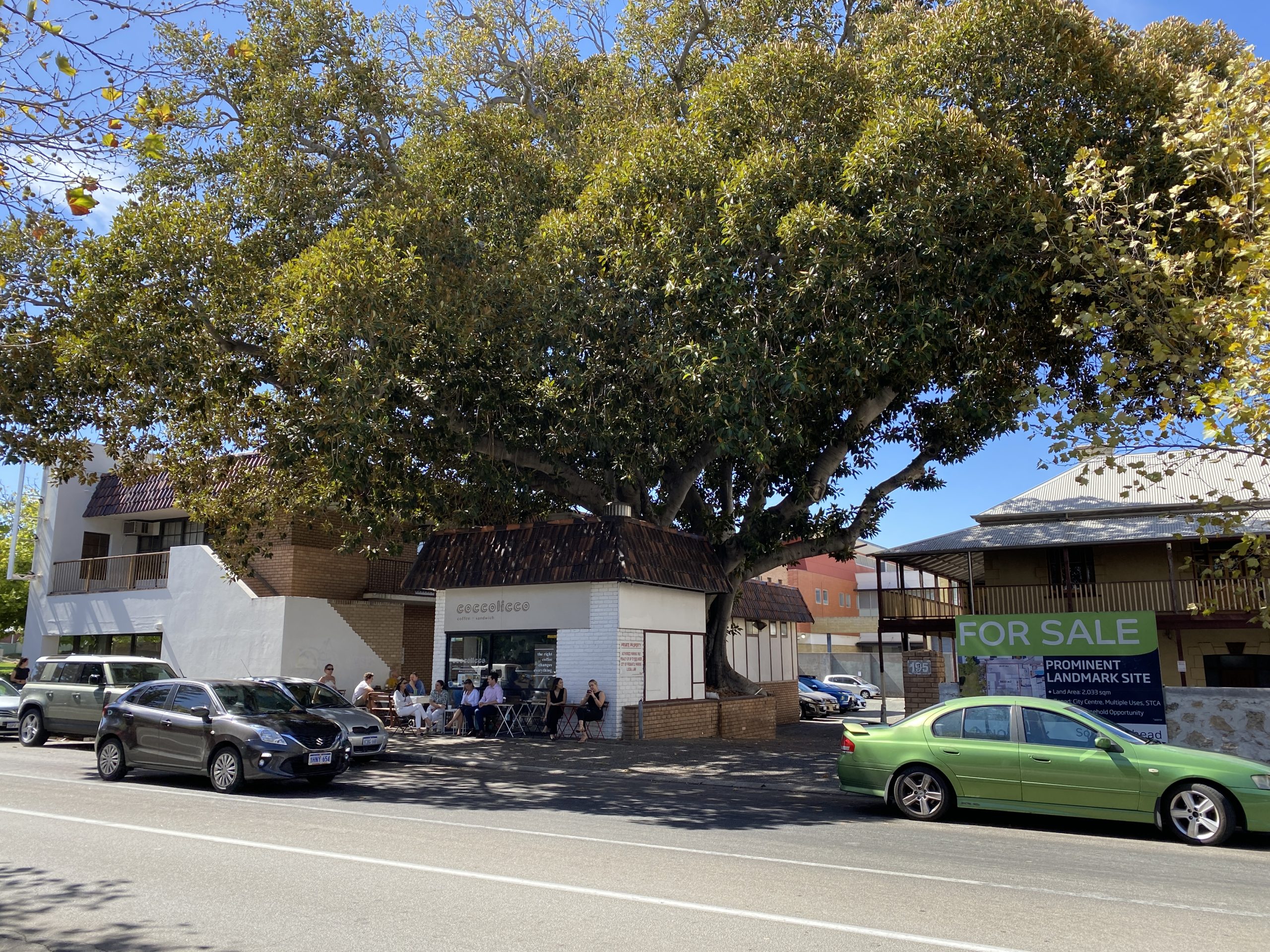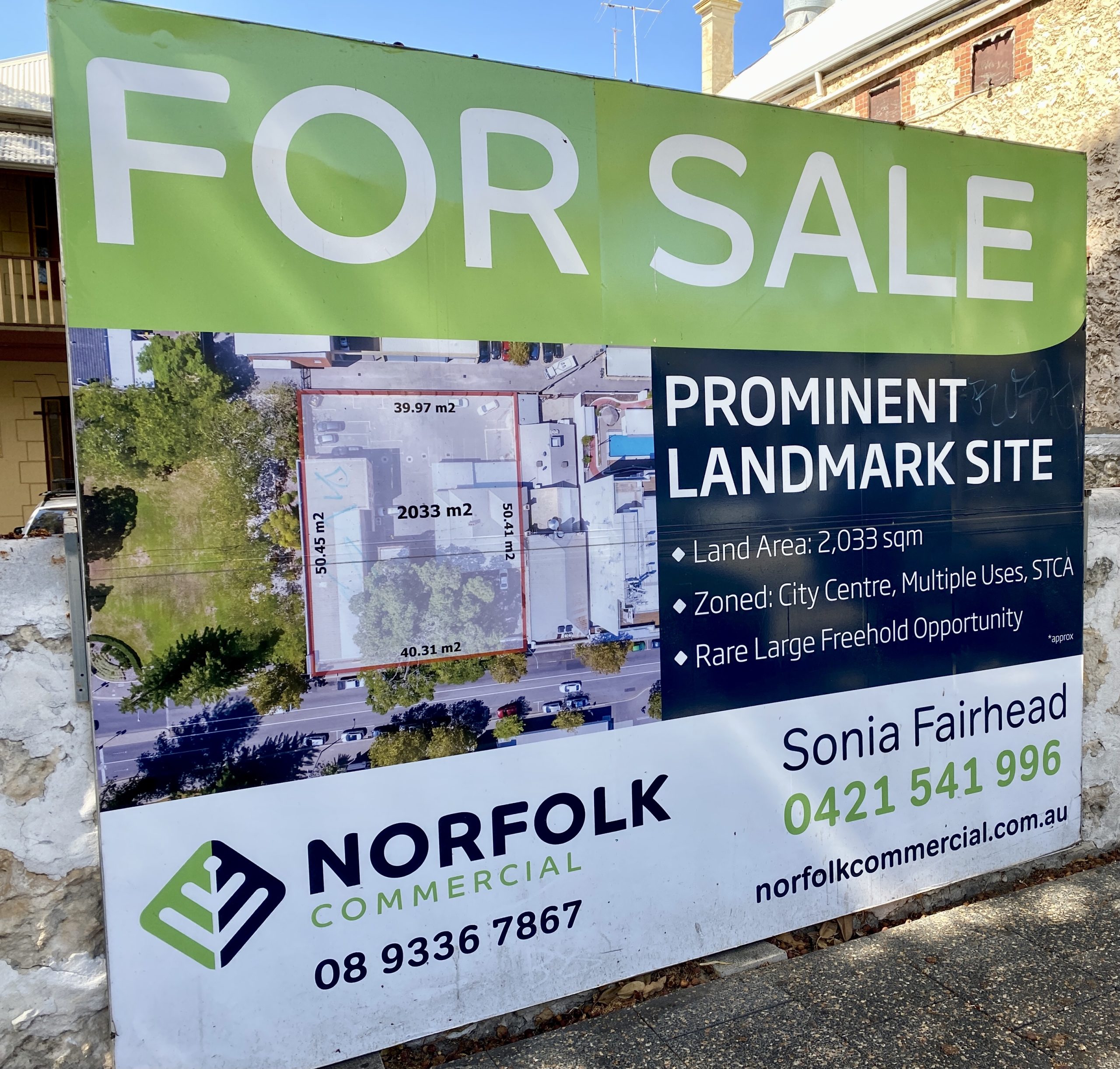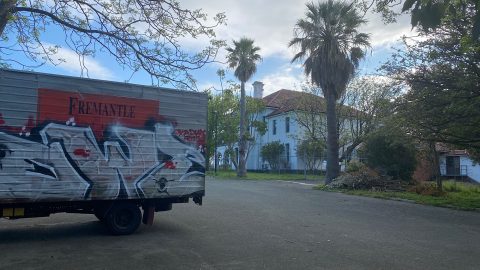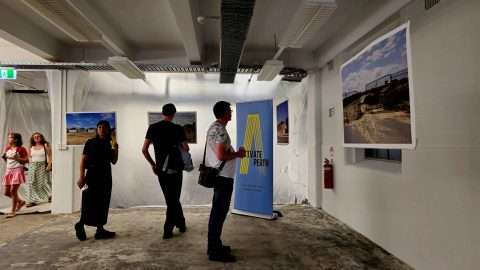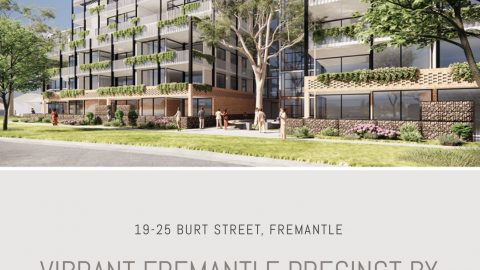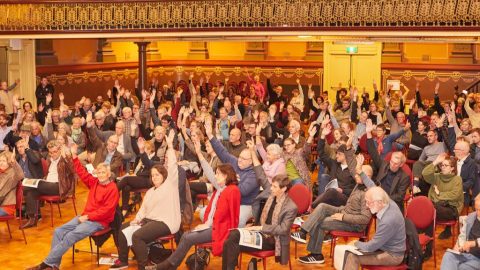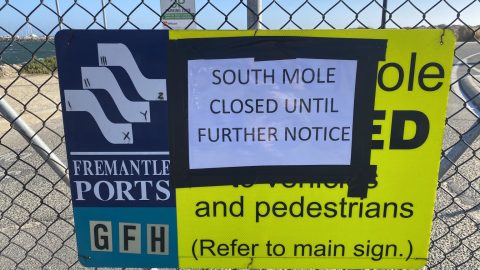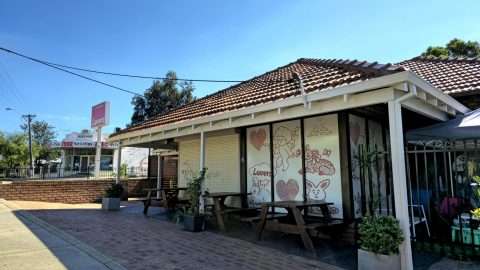Recently, in the wake of yet another 40 degree C heat wave and the disappointing decision of John Carey, the Planning Minister , to refuse Nedlands’ and South Perth’s efforts to upgrade their planning schemes to protect large trees on private property, the State Government asked ‘Do you know what urban heat island effect is?’.
This mildly condescending question forms part of a broad survey released to help inform the draft State Perth and Peel Urban Greening Strategy. We don’t quite know what will be in that Strategy, but it sounds like it won’t include measures to stop clearing trees above 8 metres in height on low density house sites where redevelopment prospects were already low, or anywhere else possibly by the sounds of it.
Measures such as these, in a vacuum of State leadership on the growing issue (please excuse the pun), have been labelled as ‘ad hoc’ by the Property Council of Australia WA, but wouldn’t you agree it’s better than doing almost nothing instead? Just keeping the Gnangara Pines isn’t going to fix it, before you jump in and correct me.

Credit Gayle O’Leary, on Caves Road on the way back from Windy Bay
I’d say anyone who has spent any time in Perth, or any town in Western Australia, particularly further north or east, knows intrinsically what urban heat island effect is.
Formally recorded in Tokyo during the 1990s onwards, urban heat island effect refers to the phenomenon where temperatures charted on a graph of an urban environment appear to rise higher than the surrounding rural areas, resembling an island. In a vast metropolis filled with concrete, brick, tile, asphalt and air-conditioning units expelling hot exhaust fumes into a humid summer, it’s no wonder the Japanese government gradually committed to greening their urban environments through rooftop gardens and parks, and even urged their citizens to take a holiday outside the city to help disperse the effect of heating and provide people with welcome relief.
Singapore, another dense hot and humid metropolis on an island, has done a wonderful job over the years to green its city which is utterly astonishing given that not that long ago it had to import fresh water from Malaysia! Amazing. No wonder they’re now a world leader in integrated water management and balancing population growth with regenerative architecture (And no, I haven’t forgotten about the issues with land reclamation but oh, let’s not go there today. Not today).
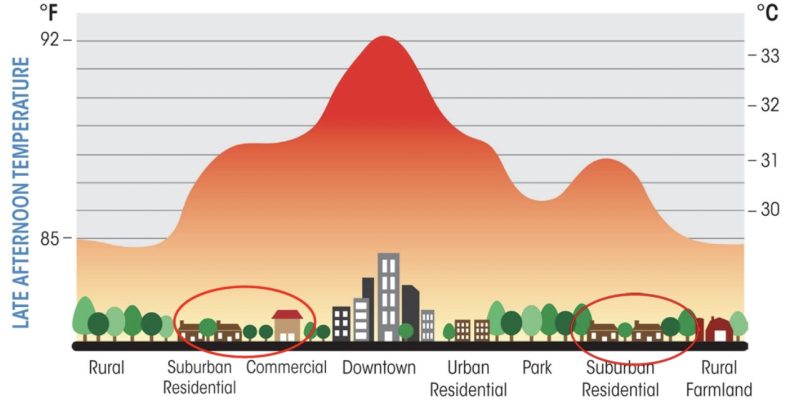
Source Dr Helen Brown of Curtin University, 2013
So why can’t Western Australia be a leader, too? The South-West has the prestigious claim of being one of the 36 biodiversity hotspots on the globe, where species diversity and richness excel in a remarkably concentrated area. It’s not so hard to imagine when you see maps of the wetlands chain we used to have before they were filled in for development, that and the extensive forest canopy that used to stretch across our entire metropolitan area, as beautifully mapped by Daniel Jan Martin, landscape architecture lecturer at UWA. Western Australia is a special and unique place, filled with remarkable creatures and flora you can’t find anywhere else.

These images from Forests Atlas and Beyond 2024 shows land clearing up to 2023, and the Current State of Protection for Our Forests.

Sadly, not everyone appreciates that fact. Perth has the lowest tree canopy cover of any major Australian city. We put housing where these trees and wetlands used to go. 41% of our local governments have reported a significant reduction in tree canopy with 85% of this occurring on private land. Just take a look at Piara Waters, Clarkson, Baldivis, or Hammond Park for a few examples of hot suburbs that used to be scrubland and forests teeming with wildlife. Replacing the very natural instruments that provide habitat, shade, and natural air-conditioning through evapotranspiration where water vapour is released through leaves, with brick, concrete, and asphalt. Oh, and those pesky air-conditioning units expelling hot exhaust fumes outside, compounding the problem.
It’s very hard to keep our homes cool when they’re not surrounded by trees. So we use air-conditioning units. Which increase temperatures outside. So we have to use more air-conditioning to fight harder to control temperatures inside. A vicious cycle. It raises the question of whether everyone will be able to afford to cool their homes this way, as energy bills rise and our credits run out, and whether we may even have to construct community ‘shelters’ offering cool (air-conditioned!) release for heat-poverty.
One wonders if it ultimately wouldn’t be cheaper to leave the trees be in the first place, or perhaps even establish an urban green belt to limit our sprawling hot suburbs as currently envisaged by the WA Greens in their Climate Positive Perth Plan? Debatable about the effect that could have on property prices, so we already know Minister Carey would struggle to support it, clashing with his main aim of advancing housing affordability at all costs. Maybe dealing with negative gearing nationally, or stamp duty on home purchases locally, or pushing State agencies to develop surplus land in their portfolios near shopping centres and train stations are other worthy policies? Hmmn …
Where am I going with this?
Perhaps by now you’ll have heard of Fremantle Council’s decision on Valentine’s Day to go against the officer recommendation by electing to remove the Moreton Bay fig tree next to popular coffee spot Coccolicco at 195 High Street, Fremantle, from their Significant Tree Register.
This tree may well be “the progenitor of many of the Moreton Bay Fig trees in Fremantle, including the Proclamation Tree (which was planted in 1890)”, according to its description in the City’s Local Planning Policy 2.23 – Register of Significant Trees and Vegetation Areas.
The property was permanently included in the Register of the National Estate in 1978 for its heritage significance, the tree itself classified by the National Trust in 1974, and the property and tree are described in the inHerit online heritage database as follows:
House & Moreton Bay Fig Tree, 195 High Street, is a good example of a two storey rendered masonry residence in the Federation Queen Anne style with an associated mature Moreton Bay Fig tree. It has aesthetic significance for its contribution to the streetscape and forms an integral part of the High Street area.
The place contributes to a substantially intact late nineteenth and early twentieth century streetscape close to the centre of Fremantle.
The house was built for local Fremantle nurseryman and auditor for the Fremantle Council, Philip Webster. It is claimed by some that the Moreton Bay Fig tree is the progenitor of many of the Moreton Bay Fig trees in Fremantle, including the Proclamation Tree (which was planted in 1890). Webster is also credited with planting the Moreton Bay Fig trees around Kings Square and St John’s Church grounds.

The landowner says they never gave consent for it to be listed on the Council’s list in the first place, and that they can’t sell the lot as no one wants the maintenance burden. Given that the site is partly developed with an existing commercial building, one wonders whether if fact a thoughtful architect couldn’t find an acceptable way to keep the tree and the heritage building, and redevelop the site, along with a tree maintenance plan.
That 130 year old tree has provided landmark quality to this part of High Street for, well, 130 years, and you can imagine how much carbon it retains and water vapour it releases every day. Especially as the 40 degree day in our port city seem to becoming a regular occurrence.
A city that has only 13% tree cover can hardly afford to lose any more of it.
Long story short, we’ll all intimately understand what urban heat island effect is before we finally experience some relief in April.
* By Gayle O’Leary Fremantle resident
WHILE YOU’RE HERE –
PLEASE HELP US TO GROW FREMANTLE SHIPPING NEWS
FSN is a reader-supported, volunteer-assisted online magazine all about Fremantle. Thanks for helping to keep FSN keeping on!
** Don’t forget to SUBSCRIBE to receive your free copy of The Weekly Edition of the Shipping News each Friday!
